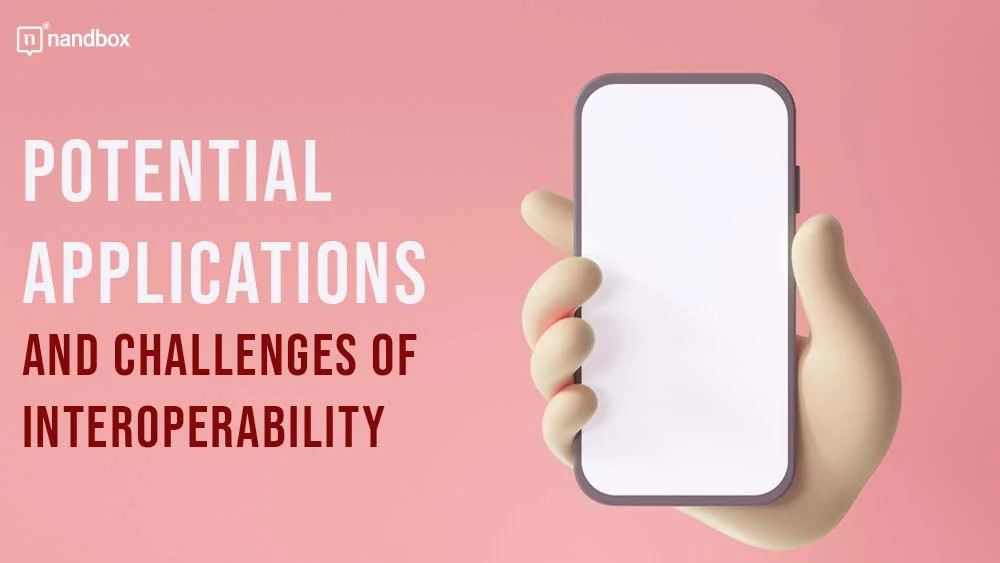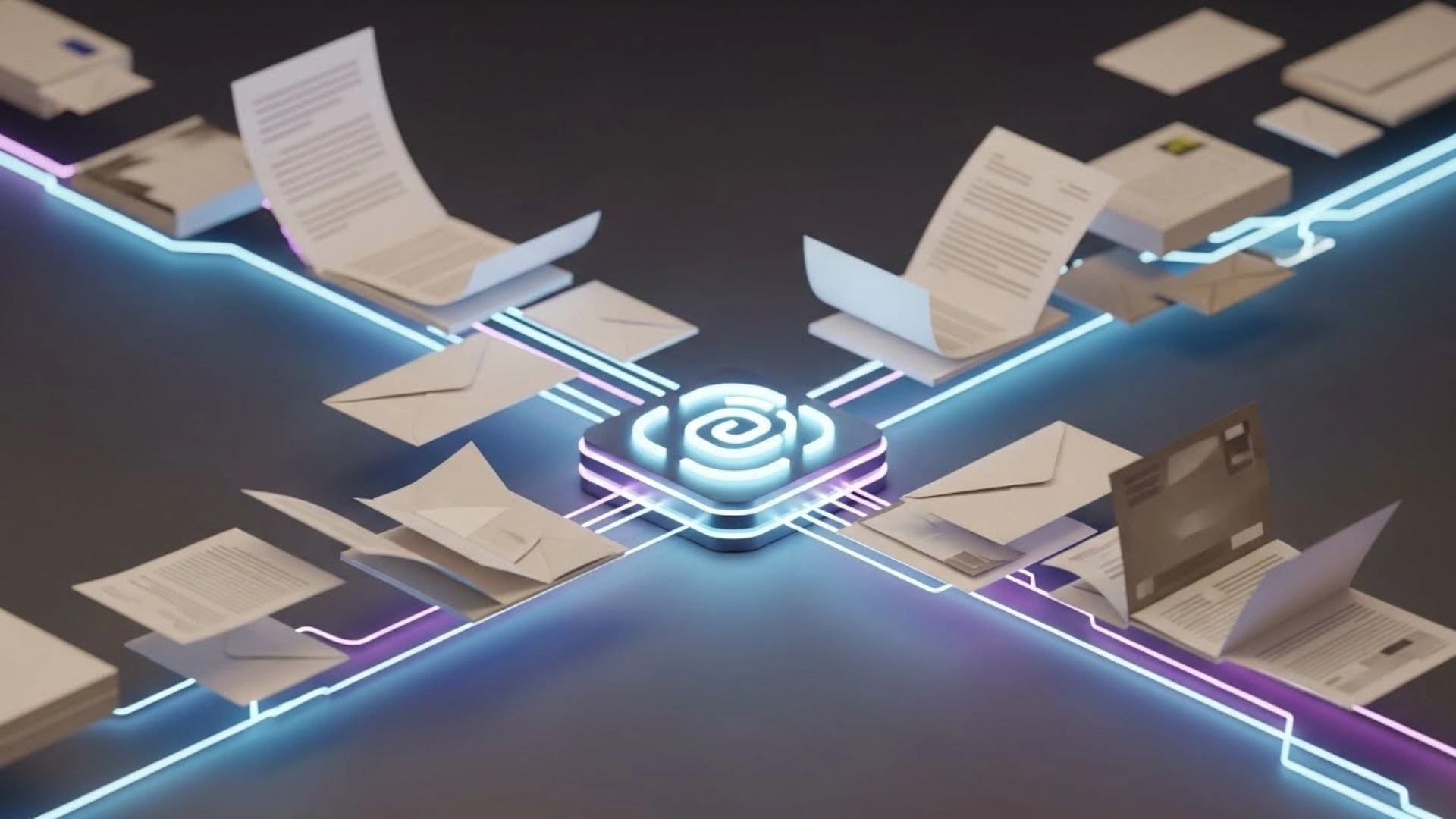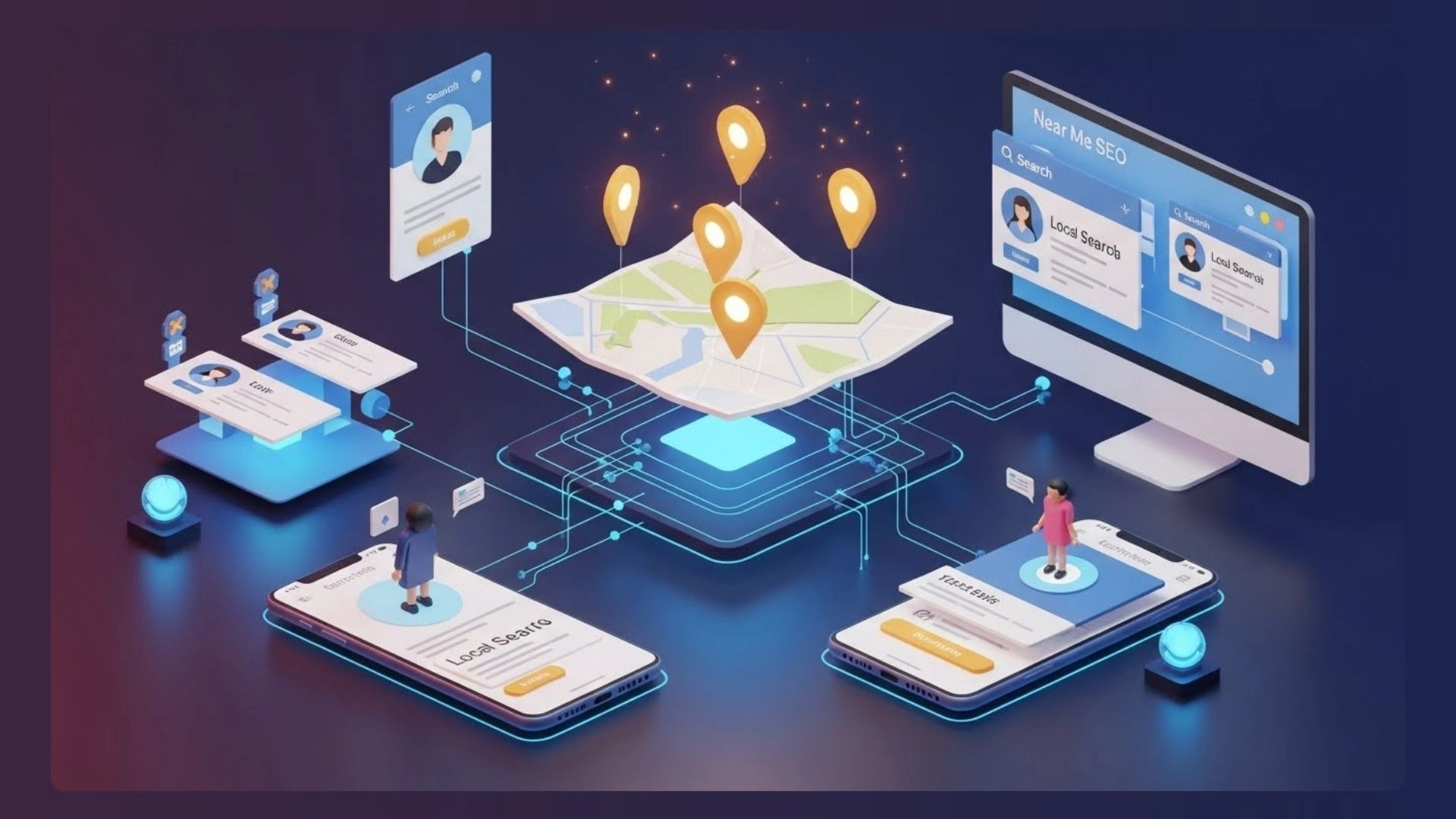While crypto bridges serve as the foundation for cross-chain communication, their functionality extends far beyond simply transferring assets. Let’s delve deeper into the potential applications and challenges associated with an interoperable blockchain future:
Unleashing the Power of Interoperable Applications:
Imagine a world where applications can leverage functionalities from multiple blockchains simultaneously. Bridges pave the way for the development of such groundbreaking applications:
- Cross-Chain Supply Chain Management: Track the movement of goods across different blockchains, ensuring transparency and efficiency throughout the supply chain. A product’s origin, processing, and transportation data can be immutably stored on separate blockchains, with bridges enabling seamless data exchange.
- Decentralized Identity Management: A single, interoperable digital identity can be used across various blockchain applications. Bridges would allow users to prove their identity on different platforms without compromising on privacy.
- Interoperable Gaming Experiences: Imagine in-game assets seamlessly transferring between different blockchain-based games. Bridges would facilitate the creation of interconnected gaming ecosystems with a wider range of possibilities for players.
Challenges on the Road to Interoperability:
Despite the exciting possibilities, achieving true interoperability presents several challenges:
- Security Concerns: Bridging inherently different blockchain architectures requires careful security considerations. Standardizing security protocols across bridges is crucial to mitigate the risk of hacks and exploits.
- Scalability Limitations: As the volume of cross-chain transactions increases, bridges need to handle the additional load without compromising efficiency and transaction speeds. Scalability solutions like sharding or layer-2 protocols will be essential for widespread adoption.
- Governance and Regulations: The governance models of different blockchains can vary significantly. Establishing clear frameworks for cross-chain governance and navigating complex regulations across jurisdictions will be crucial.
The Need for Collaboration:
Overcoming these challenges requires collaboration between various stakeholders in the blockchain ecosystem:
- Developers: Developing secure, scalable, and user-friendly bridge protocols is paramount.
- Blockchain Networks: Interoperability standards need to be established to facilitate seamless communication across different networks.
- Regulatory Bodies: Clear and adaptable regulations that encourage innovation while mitigating risks are necessary.
Conclusion:
Crypto bridges like Defi Way are a revolutionary step toward a more unified blockchain landscape. By fostering interoperability, they unlock a future brimming with innovative applications and enhanced user experiences. However, achieving this future requires continuous development, collaboration, and a focus on overcoming the existing challenges. As the technology matures and stakeholders come together, bridges have the potential to transform the way we interact with the vast and exciting world of blockchain.




